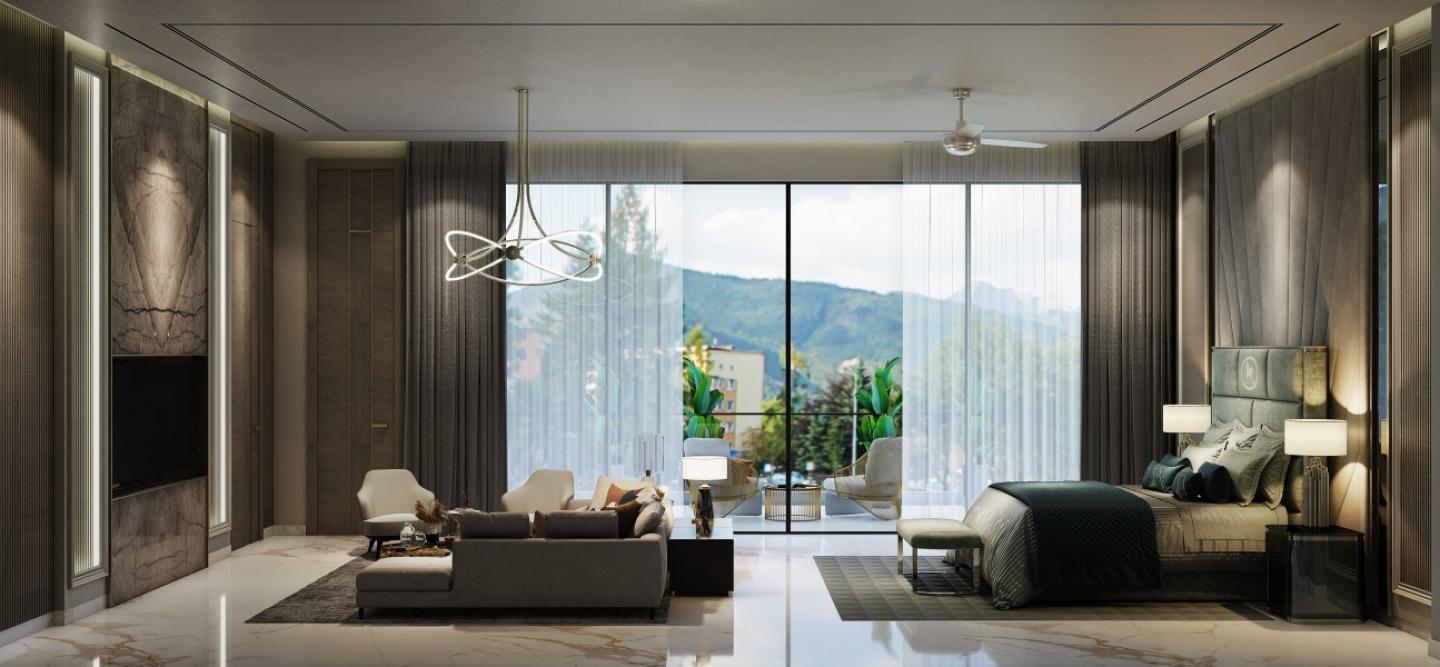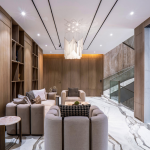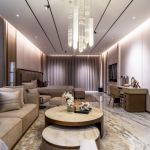In architecture and interior design, light is both a practical necessity and a robust design element. Its significance becomes particularly pronounced in residences, facilitating functionality and contributing to the ambiance and aesthetic appeal. However, when it comes to double-height spaces, the importance of lighting transcends mere functionality, evolving into a critical design consideration. Double-height spaces present unique challenges, as they offer ample opportunities for drama and grandeur but also run the risk of appearing cavernous and poorly illuminated if not handled adeptly.
In this article, Jaideep Thareja, Founder and Principal Architect of Jaideep Thareja Architects, elaborates on five key approaches to effectively lighting double-height spaces:
Utilise Vertical Emphasis
It’s advisable to capitalise on the space's verticality by incorporating lighting fixtures that draw the eye upward. Pendant lights, chandeliers, or vertically oriented wall sconces can serve as focal points, accentuating the room's soaring height while infusing it with warmth and character. By strategically placing these fixtures at various heights, designers can create visual interest and establish a sense of hierarchy within the space.
Embrace Natural Light
Maximise the ingress of natural light to imbue the double-height space with an airy, ethereal quality. Expansive windows, clerestory openings, or skylights can flood the space with daylight, creating dynamic interplays of light and shadow throughout the day. Consider the orientation of the space and the placement of windows to optimise daylight penetration while mitigating issues such as glare and excessive heat gain. Incorporating light-diffusing elements can further soften and modulate natural light, enhancing the overall ambiance.
Layered Lighting Design
Adopt a layered approach to lighting encompassing ambient, task, and accent lighting elements. Ambient lighting, such as recessed fixtures or track lighting, provides overall illumination and sets the foundational tone of the space. Accent lighting, such as wall washers or picture lights, adds depth and dimension by highlighting architectural features, artwork, or focal points.
Play with Scale and Proportion
Introduce lighting fixtures that complement the scale and proportion of the double-height space, striking a harmonious balance between grandeur and intimacy. Oversized chandeliers or statement pendant lights can command attention and anchor the space, punctuating the vertical expanse as sculptural elements. Conversely, clusters of smaller-scale fixtures or linear LED strips can create a sense of rhythm and continuity, guiding the eye along the vertical axis while imparting a subtle luminosity to the surroundings.
Effective illumination of double-height spaces demands a nuanced understanding of light's intrinsic qualities and transformative potential within architectural settings. Using the above-listed strategies, designers can orchestrate luminous compositions that not only illuminate but also elevate the spatial experience, imbuing double-height spaces with drama, vitality, and enduring allure.
2024
2024
Effective illumination of double-height spaces demands a nuanced understanding of light's intrinsic qualities and transformative potential within architectural settings. Using the above-listed strategies, designers can orchestrate luminous compositions that not only illuminate but also elevate the spatial experience, imbuing double-height spaces with drama, vitality, and enduring allure.
Jaideep Thareja Architects





